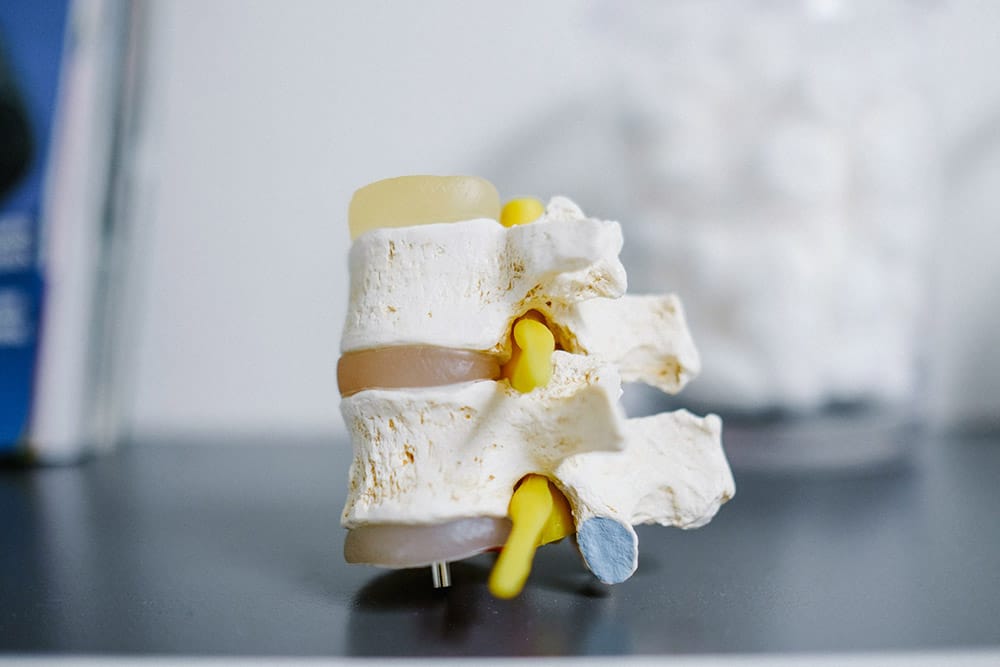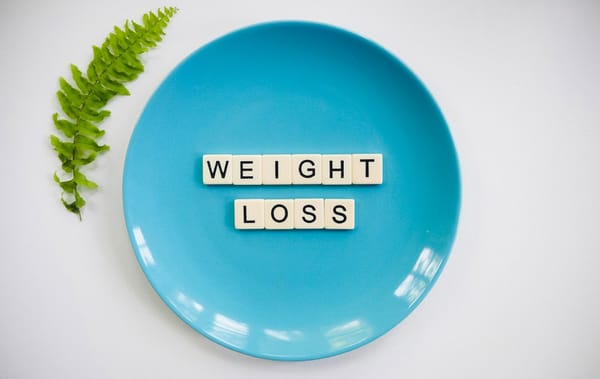TDEE and Bone Health: How Your Caloric Intake Supports Strong Bones

Bones are usually wrapped up in the intake of calcium and vitamin D, but in fact, another crucial player is TDEE or in total how much energy you burnt in a day. Just right calories can support the density of bones, ward off osteoporosis, or help mend the bone tissue eventually. If you understand how your TDEE and bone health correlate, you will find it very easy to optimize the choices you make regarding nutrition and lifestyle.
The Components of TDEE
TDEE is the total number of calories your body requires to function optimally in a day. This consists of four major elements:
- Basal Metabolic Rate (BMR): Energy requirement for vital body functions like breathing, circulation, and cell turnover.
- Thermic Effect of Food (TEF): Energy expenditure for digestion, absorption, and metabolism of food.
- Physical Activity Level (PAL): Calories burnt through exercise and movement.
- Non-Exercise Activity Thermogenesis (NEAT): These are calories spent on daily activities such as walking and fidgeting.
Every one of these factors is critical in terms of bone maintenance, strength, and overall skeletal health.
How Calories Work for Your Bones
1. The Role of Energy Availability in Bone Density
Caloric provision is that necessary energy resource for efficient bone remodeling. This is a dynamic biological process where old bone is gradually replaced by new. If available energy is low, the body tends to constitutionally suppress remodels in bone in favor of more crucial functions, hence the weakening of bones (hence high fracture risks).
2. Absorption and Utilization
When the energy intake is at TDEE, then it can be safely assumed that this person's diet is balanced enough to facilitate absorption of calcium, vitamin D, magnesium, phosphorus, and many other nutrients. These are very important for bone health.
3. Prevention of Osteoporotic Changes
Osteoporosis is a condition of low bone mass that can be caused especially by chronic undernutrition with low energy intake. Indeed, bone loss may increase in cases where the individual-to-TDEE ratio of energy intake is less than one.
The Big Three Macronutrients for Bones
1. Protein
It is a fundamental necessity for the structure of bones. An adequate intake of protein (and within one's calorie bounds, or TDEE) would allow the absorption of calcium to take place and, therefore, support mineralization of the bones.
2. Healthy Fats
Omega-3 fatty acids are important inflammation-lowering factors that cholesterol and enable bone-forming cells. This applies to fatty fish and nuts, as seeds also contain it.
3. Carbohydrates
These are the most significant sources of energy needed in the maintenance of bones. Low carbohydrate intake that does not meet TDEE will result in decreased bone strength over time. Appetites and TDEEs are greatly influenced due to these activities.
Hitting the TDEE for Bones
Regular weight-bearing and resistance exercises help provide that extra stimulus for bone growth and holding back the loss of bone through old age. Thus, the more physically active an individual is, the greater the TDEE that demands increased caloric intake to be met for muscle and bone health.
Adjustments to TDEE for Optimal Bone Health
1. Maintaining a Balanced Diet
Ensure your TDEE is met minimally in your calories per day to support appropriate energy levels for bone maintenance and repair.
2. Rich Foods in Bone-Supportive Nutrients
These should be in daily food for calcium, vitamin D, magnesium, and phosphorus needs in adequate amounts: dairy products, nuts, fish, and leafy green vegetables.
3. Resistance Exercise
Any form of resistance training, such as weight lifting or using your body weight in exercises, serves as a good way to increase bone density and lower the risk of sustaining fractures.
4. Refrain From Very Low-Calorie Diets
In the long run, very low-calorie diets have proven to be harmful for bones. If you are one with weight loss goals in their mind, then extreme caloric deficits should be avoided at all cost to further down the health of your bones.
5. Watch Over Hormonal Health
Factors such as estrogen, testosterone, and cortisol were considered when watching bone metabolism. This crucial action could be maintained with a correctly balanced diet and sufficient energy intake.
Conclusion
TDEE has a value very strong in keeping bones healthy. All it takes is providing enough calories, eating food rich in nutrients, and doing weight-bearing exercise to hold bones strong and keep osteoporosis at bay. In other words, where the energy intake meets energy expenditure, strong and healthy bones will be had throughout life.



